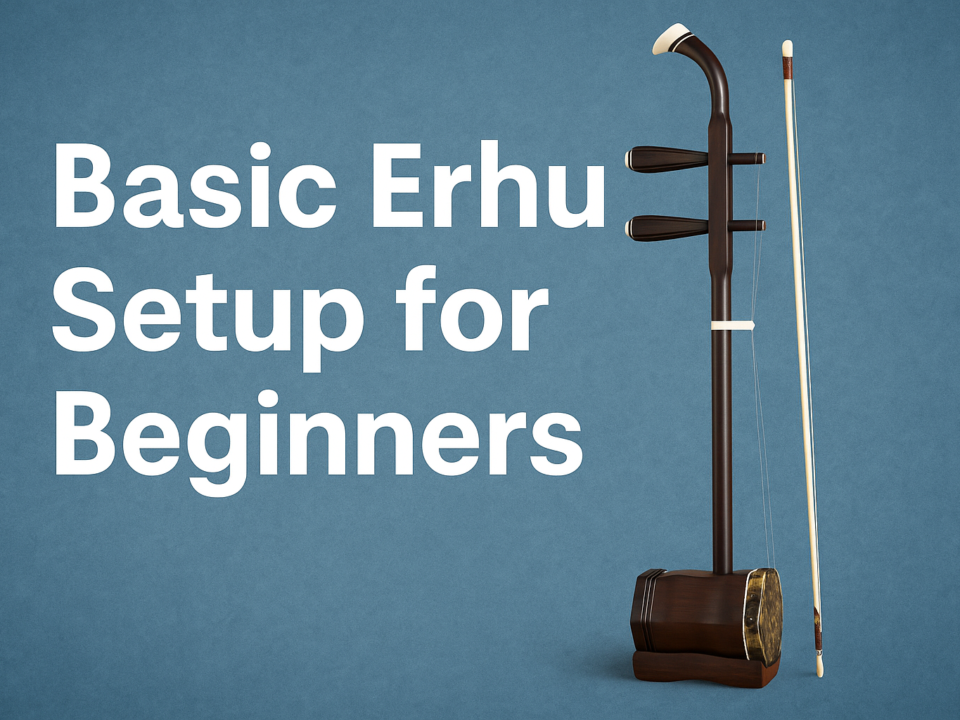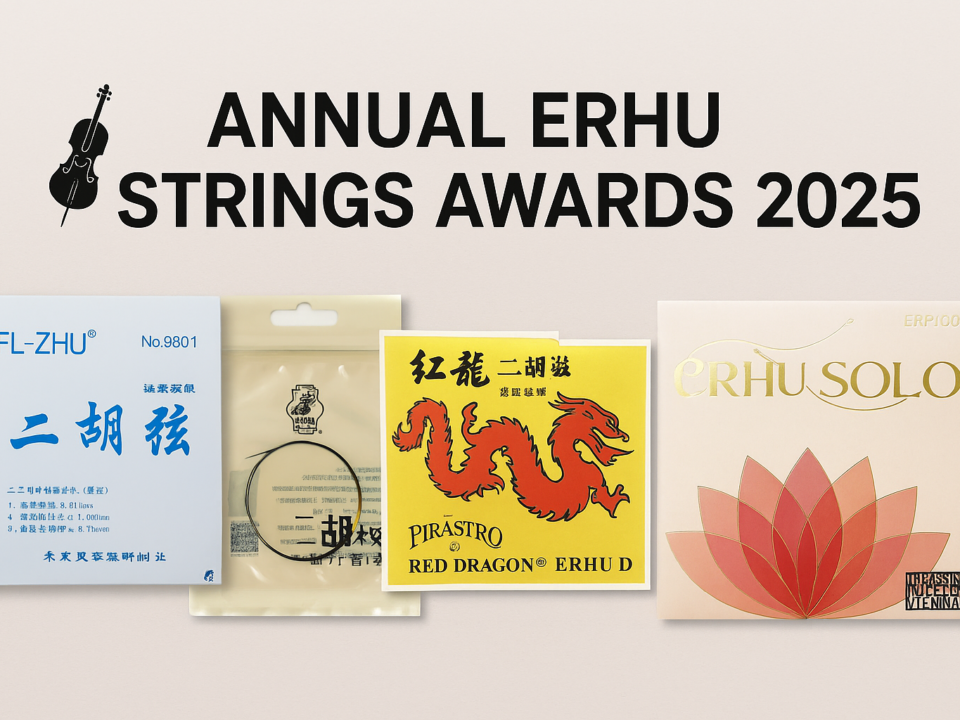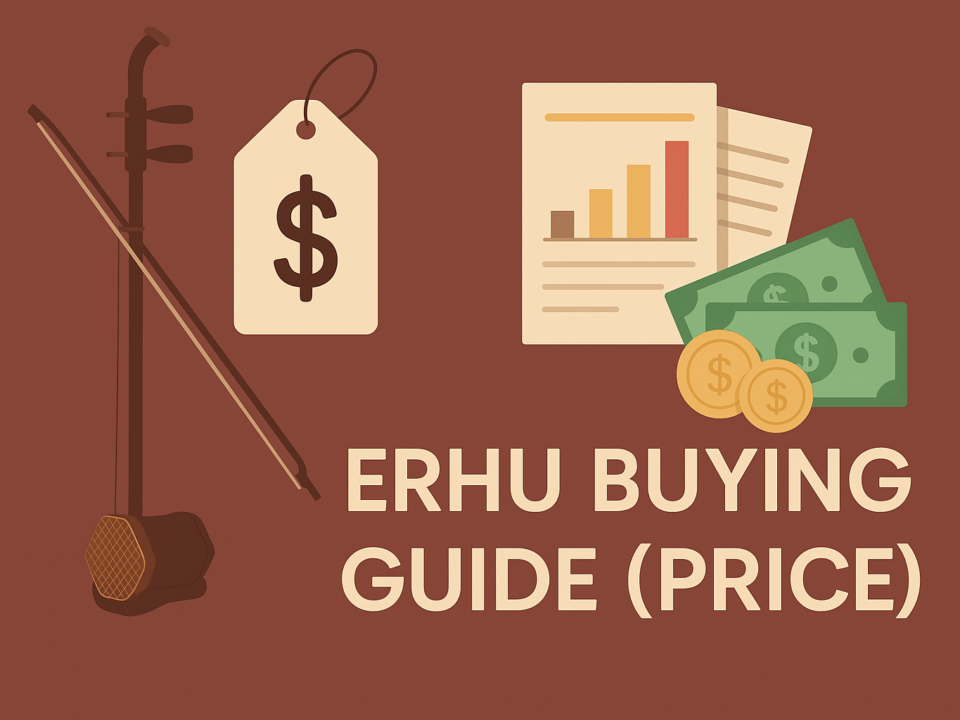Explore the Erhu’s rich history,
choose the right instrument, and start learning — online or in person.
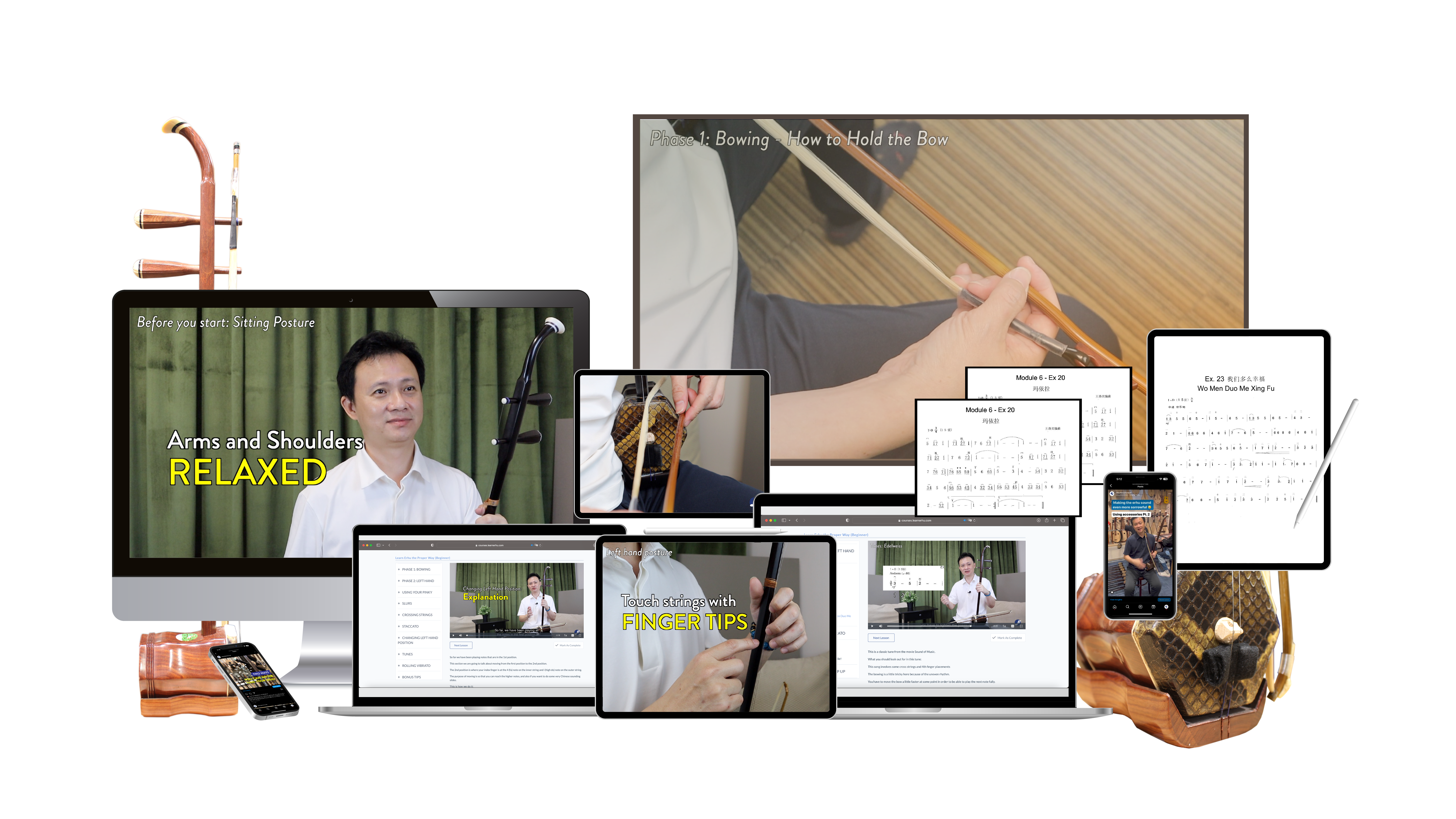
Learn Erhu anywhere.
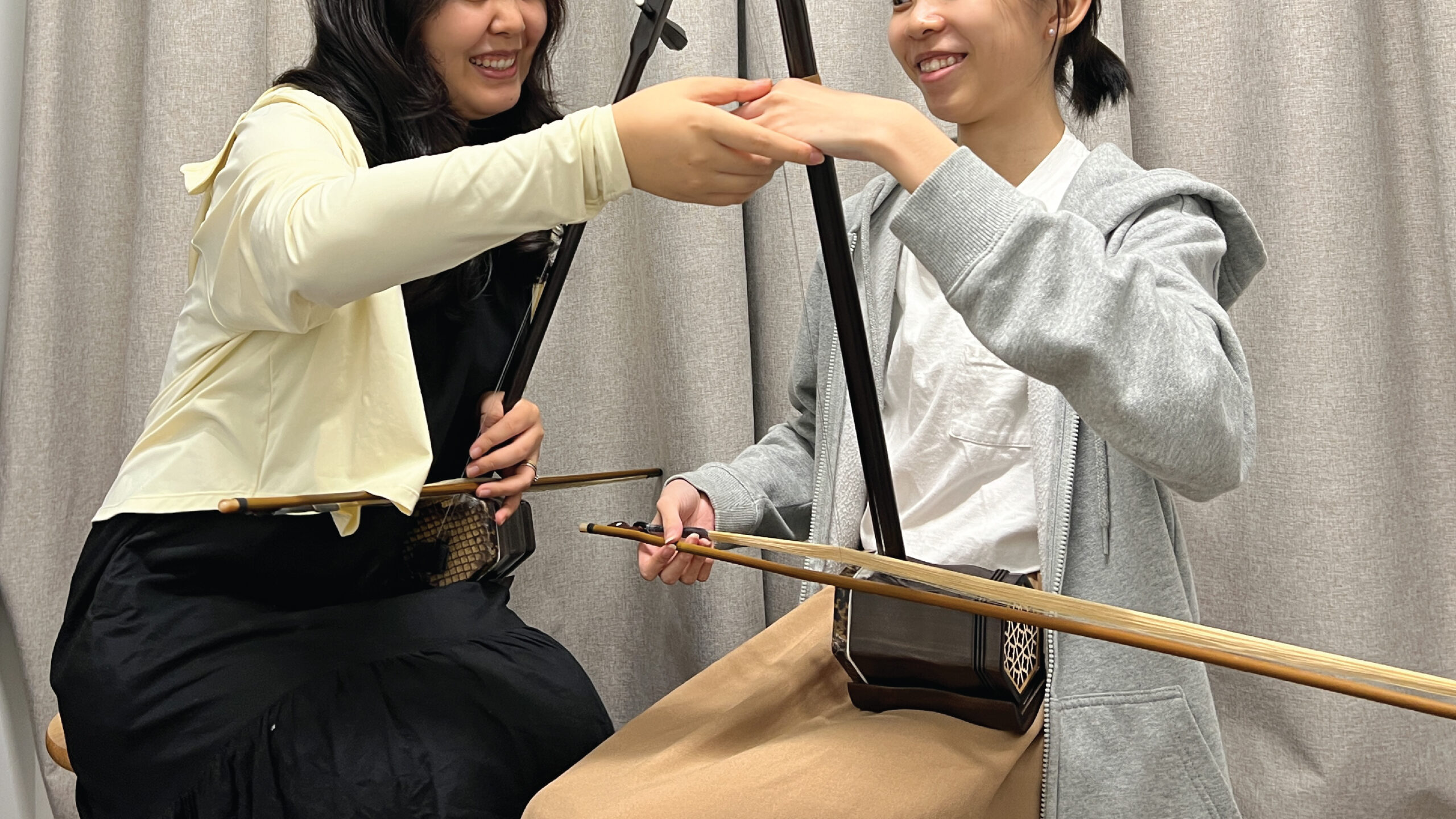
Join us for physical lessons.

Shop on our online store.
WHAT IS AN ERHU (二胡)?
The Erhu is a traditional Chinese two-stringed bowed instrument, often called the "Chinese fiddle." It has a long neck, two tuning pegs, and a small resonator covered with python skin. Played with a bow threaded between the strings, it produces a uniquely expressive, almost voice-like sound. Despite its simple design, the Erhu can convey a wide range of emotions and has been a key instrument in Chinese music for over a thousand years.
Used in solo performances, Chinese orchestras, and even modern music, the Erhu is known for its rich tone and emotional depth. It appears in traditional opera, folk music, and contemporary cross-genre works, both in China and internationally. Its fretless design and delicate bowing technique make it both challenging to learn and deeply rewarding to master.
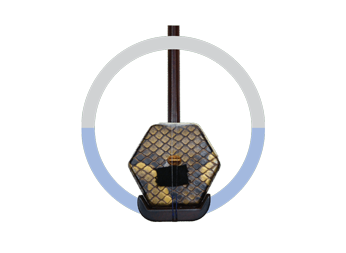
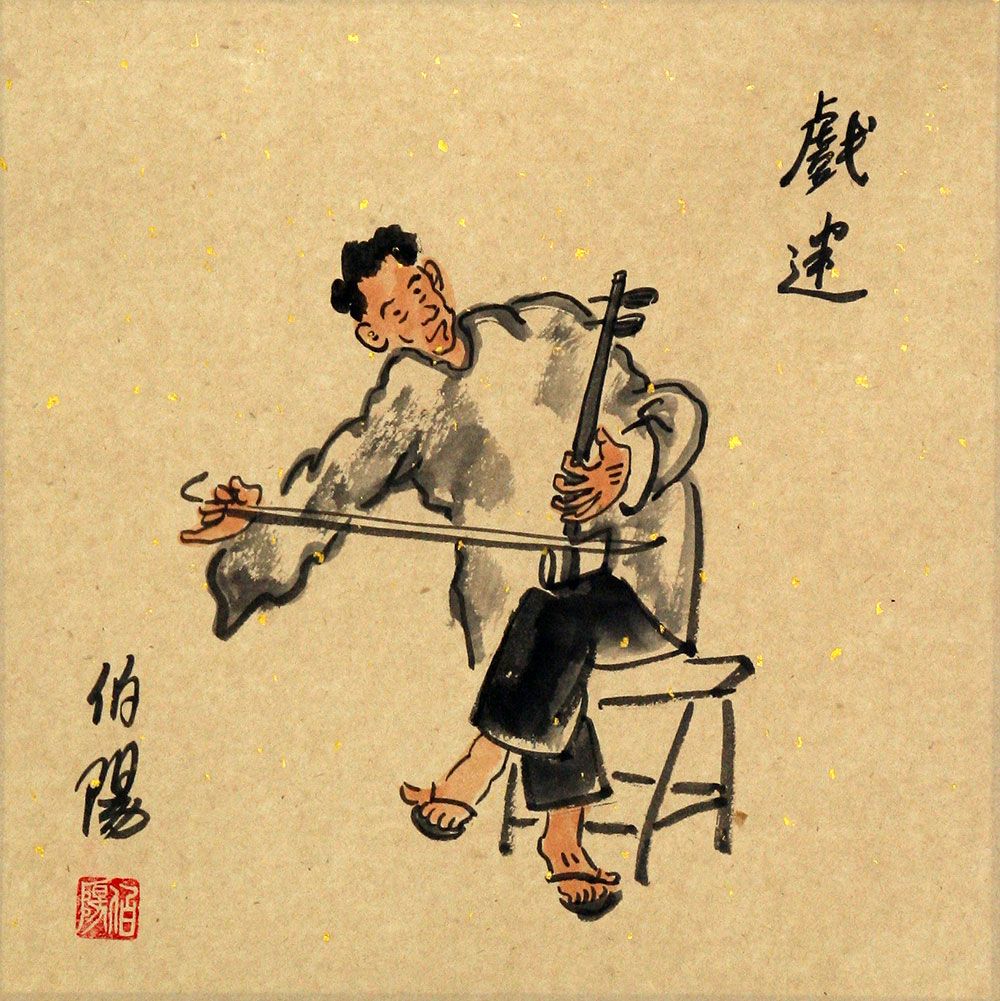
History
The Erhu originated over a thousand years ago, evolving from the xiqin (奚琴), an instrument used by northern nomadic tribes during the Tang Dynasty. It developed through the Song, Ming, and Qing dynasties into its modern form.
In the 20th century, musicians like Master Liu Tianhua modernized the Erhu by composing new works and blending Western influences. Today, it remains a key instrument in Chinese music, used in traditional, orchestral, and contemporary performances worldwide.
Tone and Sound
The Erhu has a warm, expressive sound often compared to the human voice. It can convey a wide range of emotions—from sorrowful and haunting to bright and joyful—thanks to its fretless design and flexible bowing.
Its python-skin resonator gives the Erhu a distinctive, slightly nasal tone. Skilled players can add rich vibrato and smooth slides, making it ideal for emotional solos, traditional music, and dramatic film scores.
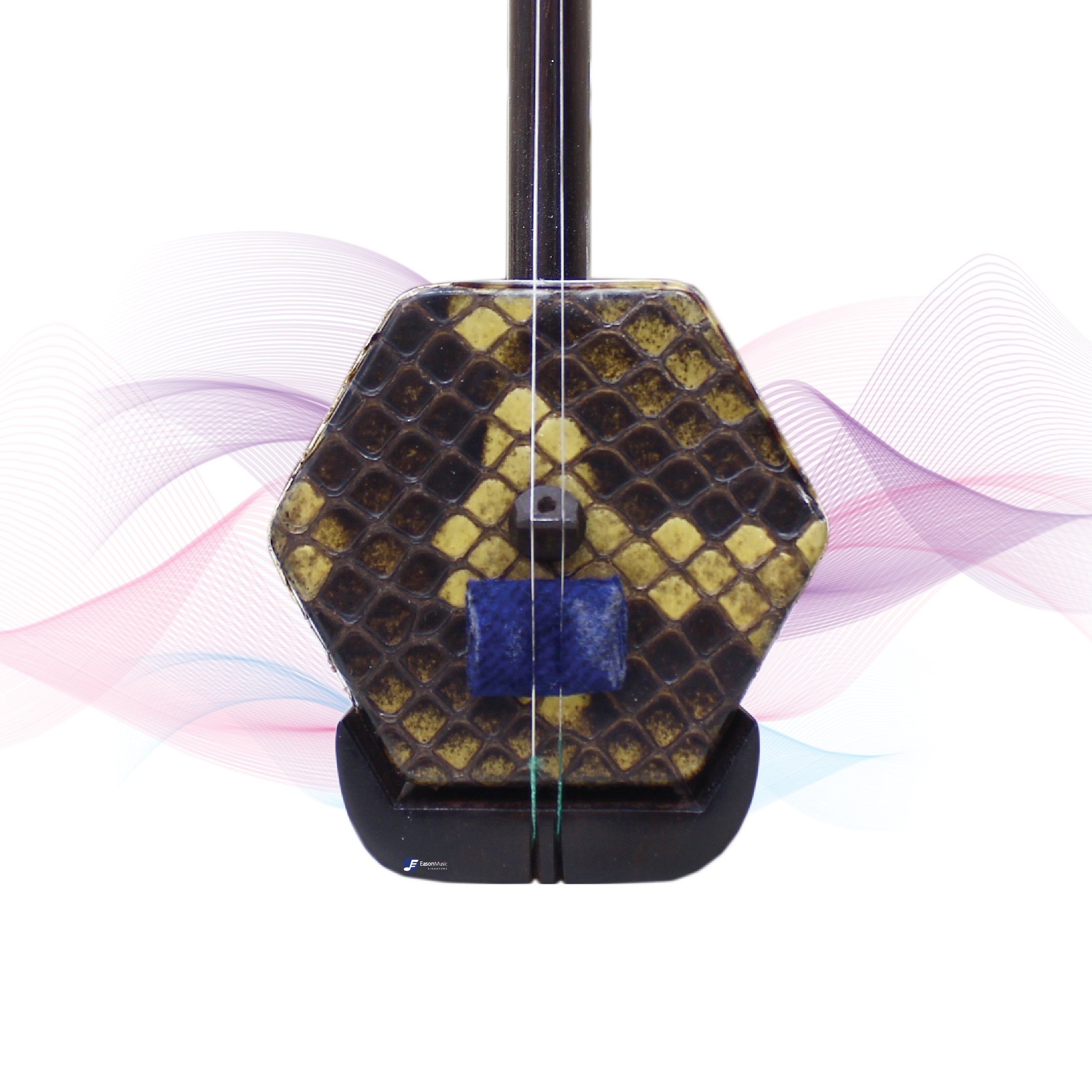
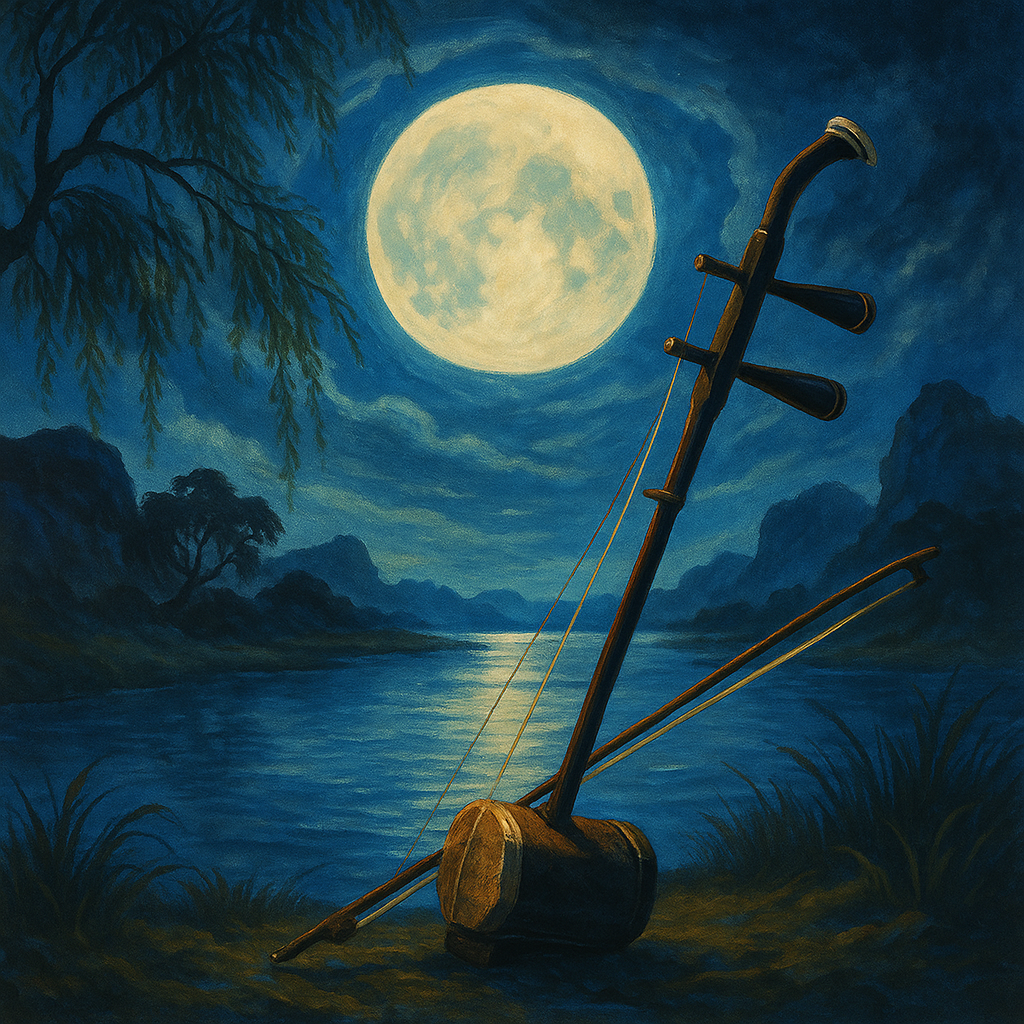
Famous Pieces
Famous Erhu pieces include "Reflection of the Moon on Erquan" (二泉映月), a deeply emotional and melancholic work by A Bing, often considered the most iconic Erhu solo. It showcases the instrument’s ability to express sorrow and depth.
In contrast, "Horse Racing" (赛马) by Huang Haihuai is energetic and vivid, mimicking galloping horses and highlighting the Erhu's speed and power. Other notable works like "Sanmen Gorge Capriccio" (三门峡畅想曲) and "The Great Wall Capriccio" (长城随想) blend traditional and modern styles, showing the Erhu's versatility.
WOOD:
Mostly made of young rosewood and black sandalwood
TONE:
Generally loud and sharp, some may be a little nasally, but are able to perform well on the first register but not as well on the high registers
PRICE:
SGD150 to SGD500
WOOD:
Can be made of premium black sandalwood, violet sandalwood
TONE:
Warmer and richer tone with smoother tone difference between the strings. Performs well on the high registers.
PRICE:
SGD500 to SGD1000
WOOD:
Aged rosewood has a warm and rounded tone. Small leaf violet sandalwood adds on a crisp and clear tone as well
TONE:
Warm and sweet. However, might differ more due to different makers and regions of production.
PRICE:
SGD1000 and above
LEARN WITH US

Online
Learn from the comfort of your own home with our LearnErhu Package.
- Step by Step Instructions
- Group Zoom Sessions
- Evergrowing Song Bank

At our Studio
Get personal feedback and close attention with our professional instructors.
- Flexible lesson arrangments
- Lessons catered for the student
MUSIC ACCESSORIES
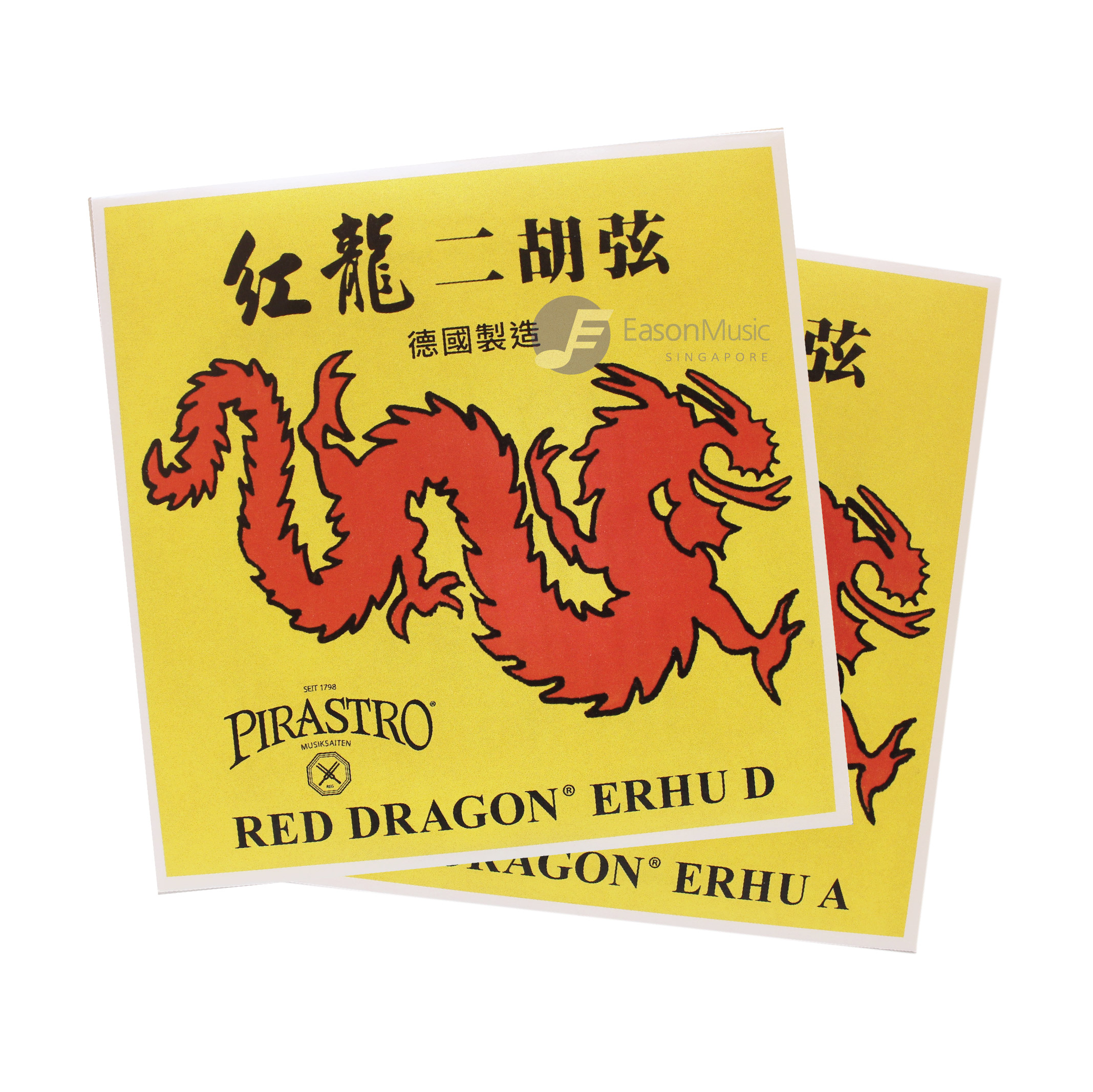
Strings
Erhu strings are generally made with steel, but there exist gold and silver wound strings as well. They can also vary in thickness, thus presenting different tone characteristics.
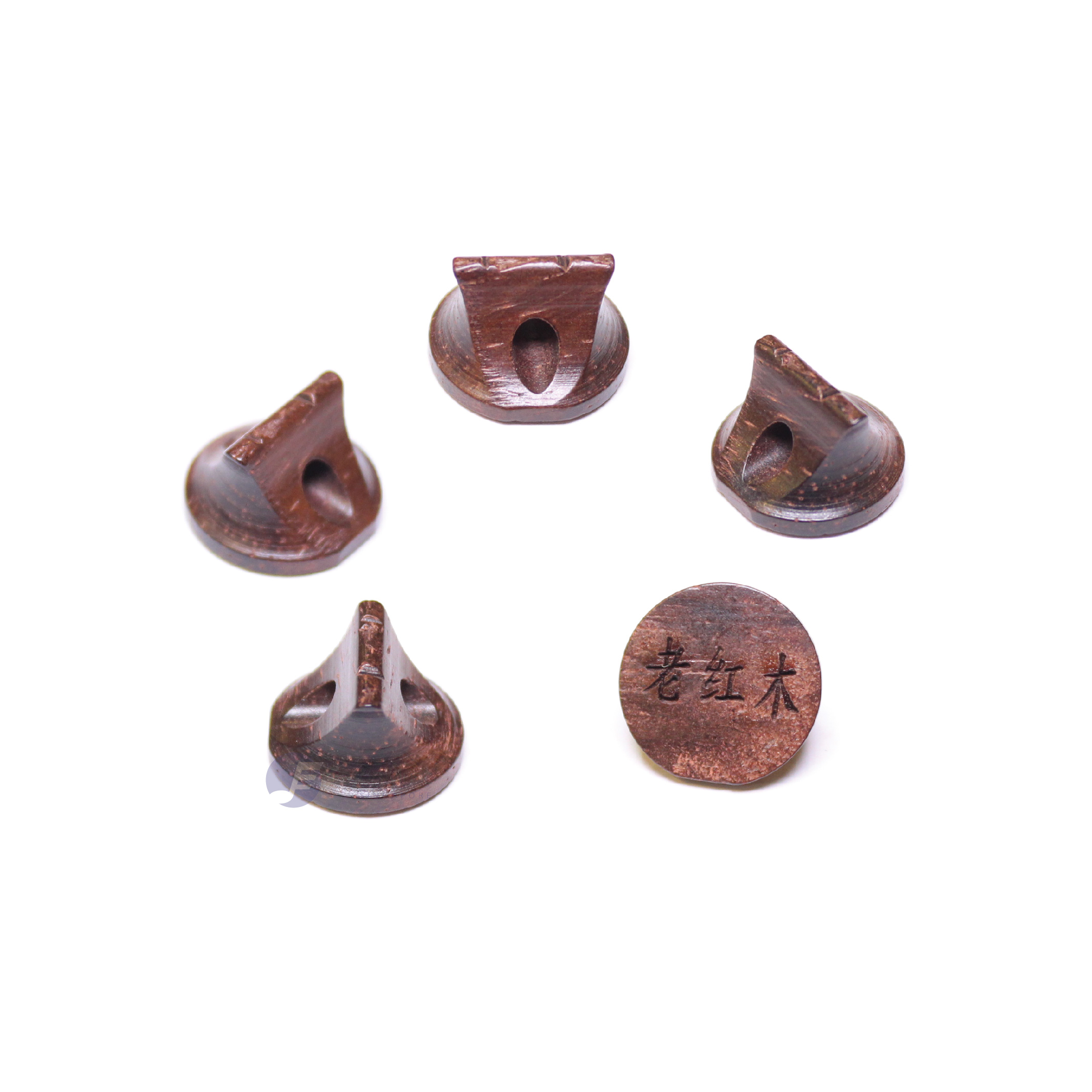
Bridges
Erhu bridges have different materials and shapes, resulting in different tones and volumes.
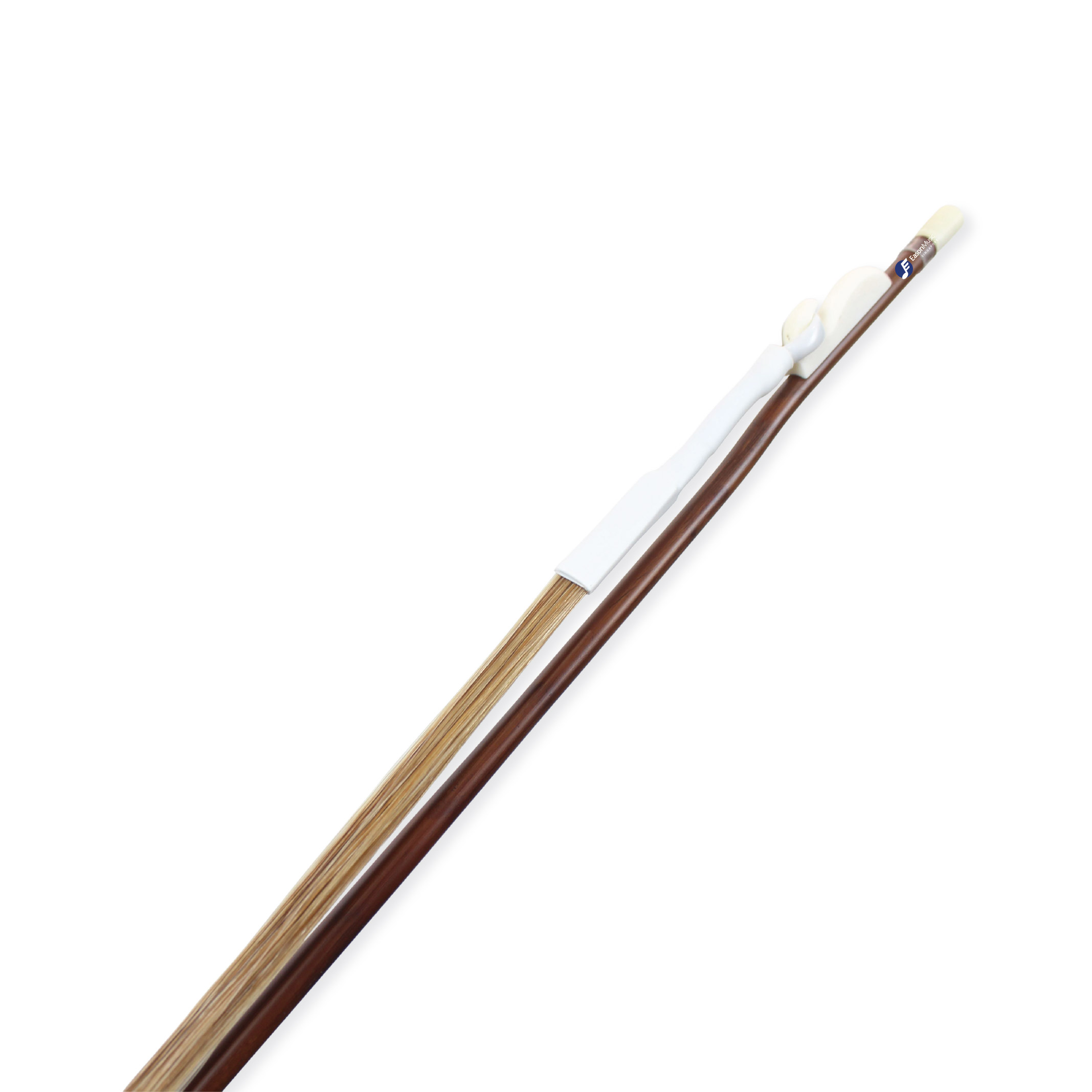
Bows
Erhu bows are mainly in Shanghai Style or Beijing Style, and are mostly made of bamboo with horsetail hair.
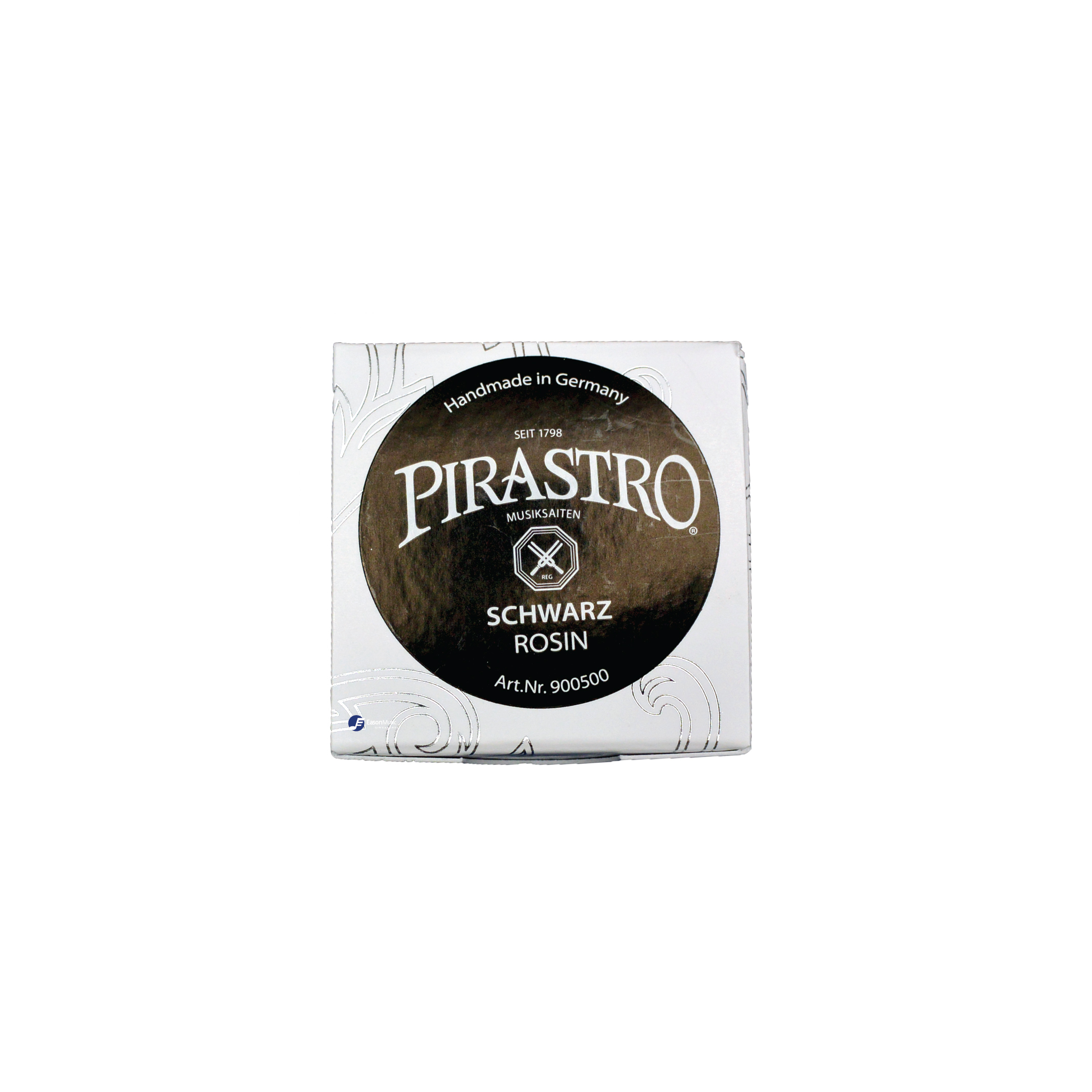
Rosins
Rosins differ in the fineness of the powder produced and the ability that it adheres to the bow hair.
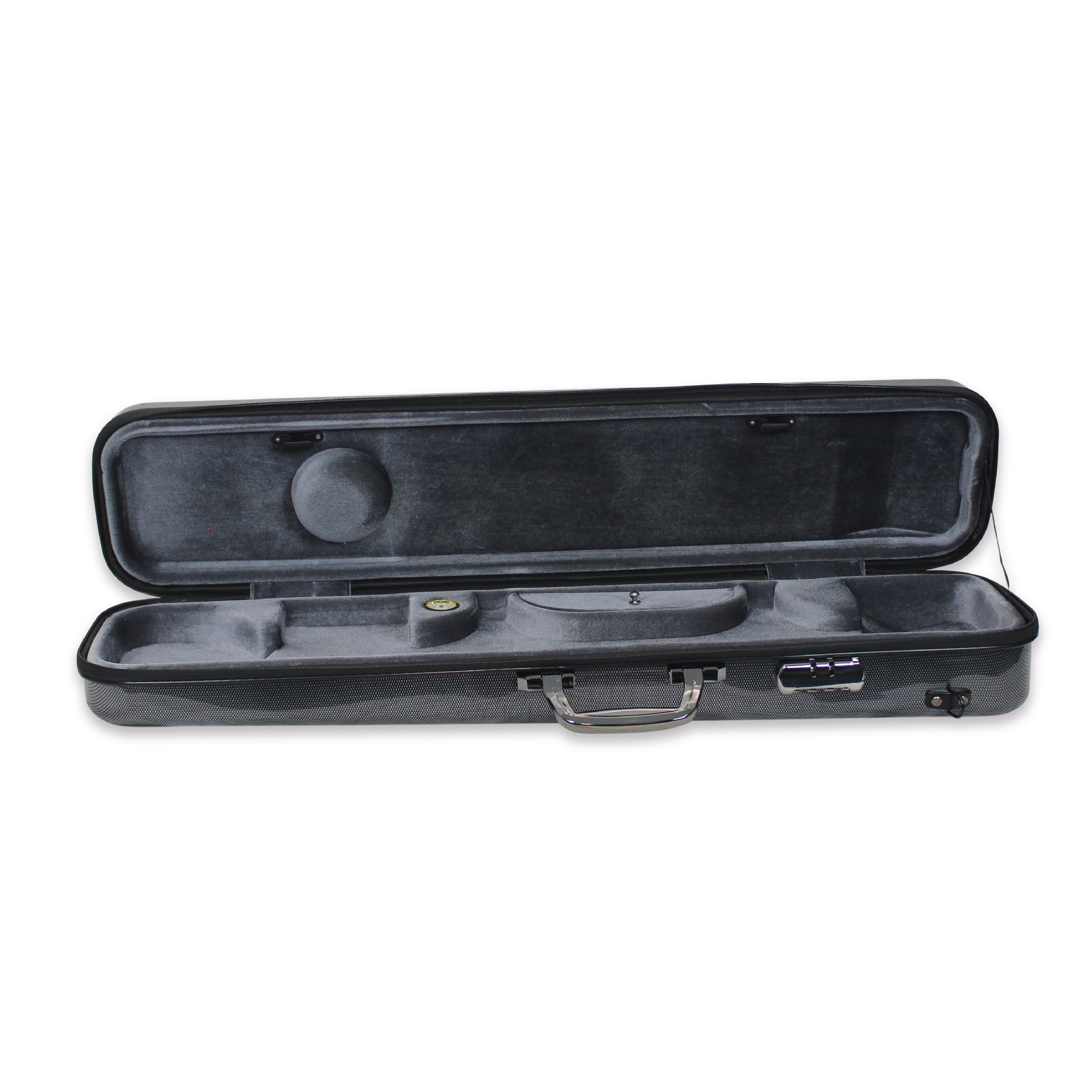
Cases & Bags
Find the perfect carrier for your Erhu.
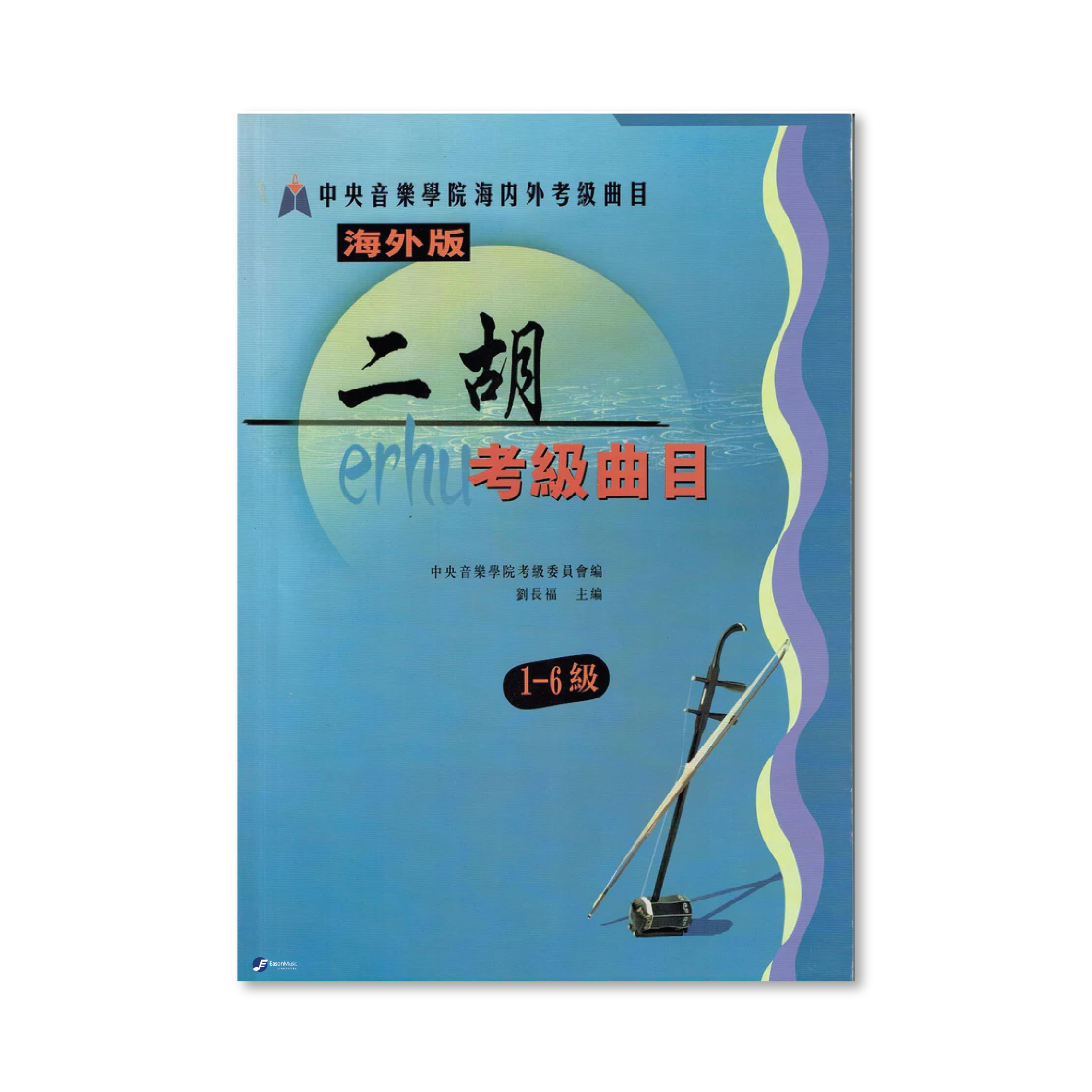
Books
Find learning materials here for the Erhu.
ERHU BLOGPOST
FREQUENTLY ASKED QUESTIONS
Still have questions about the Erhu?
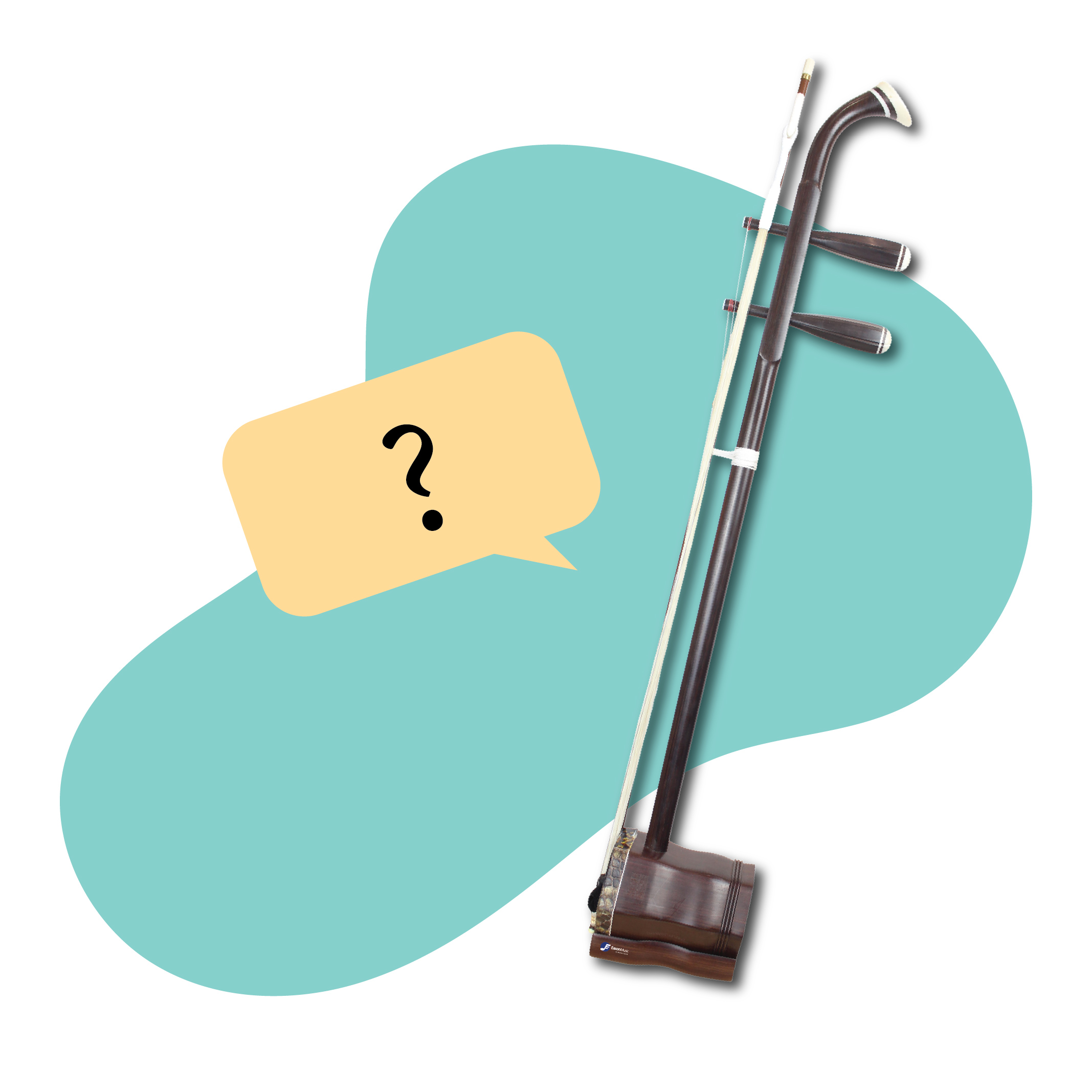
START YOUR ERHU JOURNEY TODAY

Learn Erhu anywhere.

Join us for phsycial lessons.

Shop on our online store.


